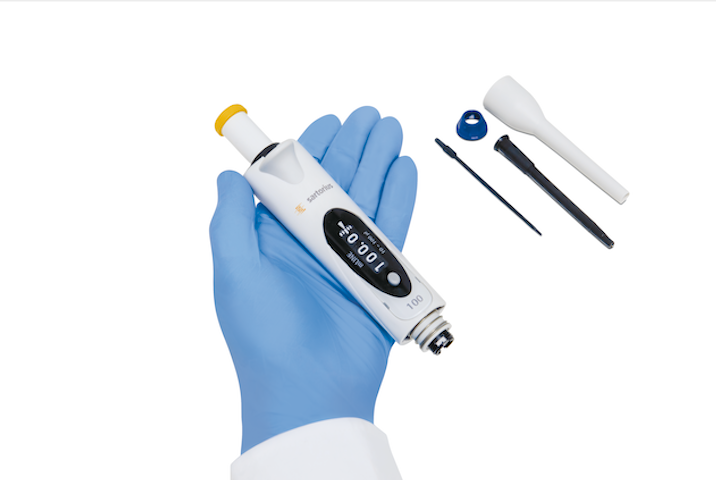
Studies have found that mycoplasmas contamination is in many cell lines tested.
Mycoplasma is a very common bacterial contaminator in cell culture labs. Studies have found that mycoplasmas contamination is in many cell lines tested. They’re even shown to contaminate liquid nitrogen storage tanks where cell stocks are stored. They are resistant to most commonly used antibiotics and can’t be detected under a light microscope since they lack a cell wall and are very small. This increases the risk of failing to find mycoplasma contamination in your lab.
Pipettes are the most frequently used tools in a laboratory and therefore are prone to contamination. Contaminated pipettes could cross-contaminate cell cultures and samples. Consistent cleaning of pipettes is crucial for contamination control. A few pipettes are fully autoclavable or have parts that can be autoclaved. Wrong pipetting techniques can also cause cross-contamination. Therefore, an ergonomic pipette and the proper pipetting technique are essential to stop mycoplasma contamination and help ensure clean samples and successful experiments. Read on to learn more about pipette contamination and how to prevent it!
Autoclaving Pipettes Eliminates Mycoplasma
Unlike any mechanical non-autoclavable pipettes, fully autoclave Tacta pipettes can be thoroughly decontaminated of any mycoplasma. Autoclaving is the only way to ensure that your pipette’s surface is entirely decontaminated of any infectious mycoplasma.
Autoclaving or Ethanol Don’t Remove Mycoplasma DNA
Neither autoclaving nor 70% ethanol removes mycoplasma DNA. Samples taken from each pipette, except the pipette that wasn’t contaminated, were positive for mycoplasma when it was analyzed with RT-qPCR.
Pipette and Pipetting Techniques Matter
Bad pipette techniques, in particular in combination with mechanical pipettes with stiff plungers, increase the risk for possible cross-contamination. Sartorius Tacta pipettes have soft plungers, preventing the retraction of contaminated droplets into pipettes. Compared to other manufacturers’ pipettes, cross-contamination wasn’t observed with any Tacta pipettes.
Conclusion
Pipettes are possible sources of mycoplasma contamination, as mycoplasmas can survive for about 24 hours on a surface. Autoclaving eliminates infectious contaminations. Sartorius Tacta pipettes can be fully autoclaved, which reduces the risk of contaminating cell cultures. However, we suggest sodium hypochlorite solution or PCR clean wipes remove mycoplasma DNA from the pipette. Also, proper pipetting techniques and pipettes with soft plungers like Sartorius Tacta are essential for preventing contamination and the spread of pesky mycoplasma.
FOR ALL ISO 17025 CALIBRATION SERVICES, CONTACT LAB PEOPLE TODAY
The Lab People Inc. is a trusted provider of laboratory equipment, services, supplies, and rental equipment for you and your laboratory. As an ISO 17025 accredited service organization, we stand behind our services with 100% satisfaction guaranteed for all of our customers. We offer on-site and off-site calibration services for balances, pipettes, moisture analyzers, force measurement, test weights, and more. Services include preventative maintenance, SQ-Min, IQOQ, repairs, legal for trace/placed in service, verification, and more.
For more information about how we can assist you, visit our website, email us, or call us at 1-800-296-2001!
Do not forget to follow us on Facebook, Twitter, and Linkedin!
